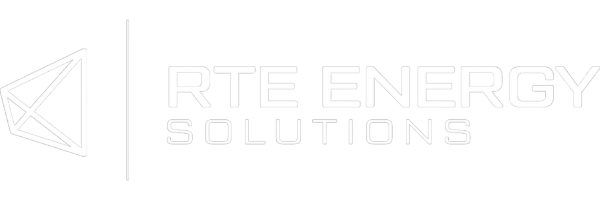The world that we’re living in is not the same world as it was just a few years earlier. And while there are many reasons for this—a global pandemic, changing economies, etc.—one thing that sticks out as the most worrying of all is the ongoing climate crisis.
While things like energy production and agriculture make up nearly half of the contributors to harmful global emissions, many people are genuinely surprised to learn that buildings actually contribute enough to global emissions to deserve an entire category of their own.
While it may not be mainstream knowledge, building managers tend to understand the impact that their line of work has on the environment. What’s more is that they are very interested in making moves to help lessen this impact—many just don’t know where to start and feel ill-equipped to address this colossal problem.
While climate change is a phenomenon that affects every aspect of our lives, building managers have a front-row view. In this article, we’ll break down the ways in which carbon reduction efforts have shaped the future of facility management. Whether you have already started a carbon reduction effort or are planning to start one soon, this resource is a great way to collect ideas or verify whether or not you’re on the right path.
CARBON REDUCTION EFFORTS FOR FACILITY MANAGERS: A FEW THINGS TO CONSIDER
DO YOU HAVE THE EDUCATION YOU NEED TO MAKE INFORMED DECISIONS?
Facility management professionals have an important job, and every important job requires proper training. So before you go about setting up carbon-reducing initiatives for your company, ask yourself: do you have the information that you need to make a decision?
Before you start setting out goals, it’s a good thing to go on a deep dive and educate yourself on the possible ways that we can reduce the negative impacts that buildings have on the environment. There’s some great information online, and it might be helpful to look at some of the ways that other facility managers have made the idea of decarbonizing exciting and accessible.
DO YOUR ENVIRONMENTALLY-FRIENDLY INITIATIVES MATCH YOUR COMPANY’S GOALS?
Facility managers have a tough job on their hands: not only do they have to understand and work towards their company’s goals, but they have to do them in a way that minimizes costs and maximizes the health and welfare of their communities. And, with today’s multitude of environmental concerns, this job has gotten more complicated than ever.
One of the most effective things that facility managers can do is to create a road map for your company that takes into account goals that are specific to your company. That way, you can make decisions about what you can cut back on. For example, if your company is mostly remote, you can use an AI-empowered cooling and heating system that adjusts your building’s temperature based on occupancy levels.
THERE ARE MANY DIFFERENT WAYS TO DO GOOD FOR OUR PLANET
While the aforementioned smart heating and cooling systems are a great place to start, it’s important to remember that there are many different ways to achieve carbon-reducing objectives. Some of the possible initiatives that you could take on include retrofits, carbon management software solutions, partnering with third-party service providers who can help you identify areas where your carbon output could be reduced. A holistic strategy trumps a single tactic.
YOUR CARBON-REDUCING EFFORTS MAY TAKE MULTIPLE AVENUES
It would be incredibly unfair to expect anyone to solve the climate crisis overnight. So why should we expect facility managers to reduce their building’s carbon footprint in one sweeping motion?
The reality is that reducing carbon will require a number of initiatives and will likely require a systems approach on some level. We know that buildings carry such a large environmental footprint because of their energy use, but not all energy use is the same. The first step to reducing your building’s environmental footprint will likely be to first determine where the majority of your energy use is coming from.
While it has been historically difficult to granularly determine which aspects of your building are emitting the most CO2, there are solutions that can help monitor your building’s energy hogs. Virtual meters, part of BrainBox AI’s HVAC technology, allow facility managers to identify individual equipment energy usage, giving unique insights on where carbon emissions can be shed.
CARBON REDUCTION IS A TEAM EFFORT
While you, as a facility manager, may be in charge of spearheading the task of reducing carbon emissions, this doesn’t mean that you should be the only one involved. It is important that you involve your team as much as possible by educating them about ways in which they can help cut back on energy use within the building—even if it means doing something as simple as turning the lights off when they’re the last ones to leave the building.
REDUCING YOUR CARBON FOOTPRINT IS MORE THAN JUST GOOD ENVIRONMENTAL STEWARDSHIP
While it’s true that reducing our carbon footprint is mostly for the greater good of society—and of course for the sake of preserving the planet we live on for generations to come—there are other reasons to make environmentally friendly business decisions.
These days, businesses operate under a high degree of scrutiny. As a result, it’s incredibly important that companies make decisions that have a positive impact on the world and its people—now, more than ever, everyone is watching.
Ready to continue on your building’s decarbonization journey? If you find that your building could benefit from technologically-empowered solutions, check out BrainBox AI’s inventive approach to smart HVAC systems and discover how we can help you reduce your building’s carbon footprint up to 40%.
Repost via BrainBox AI.
